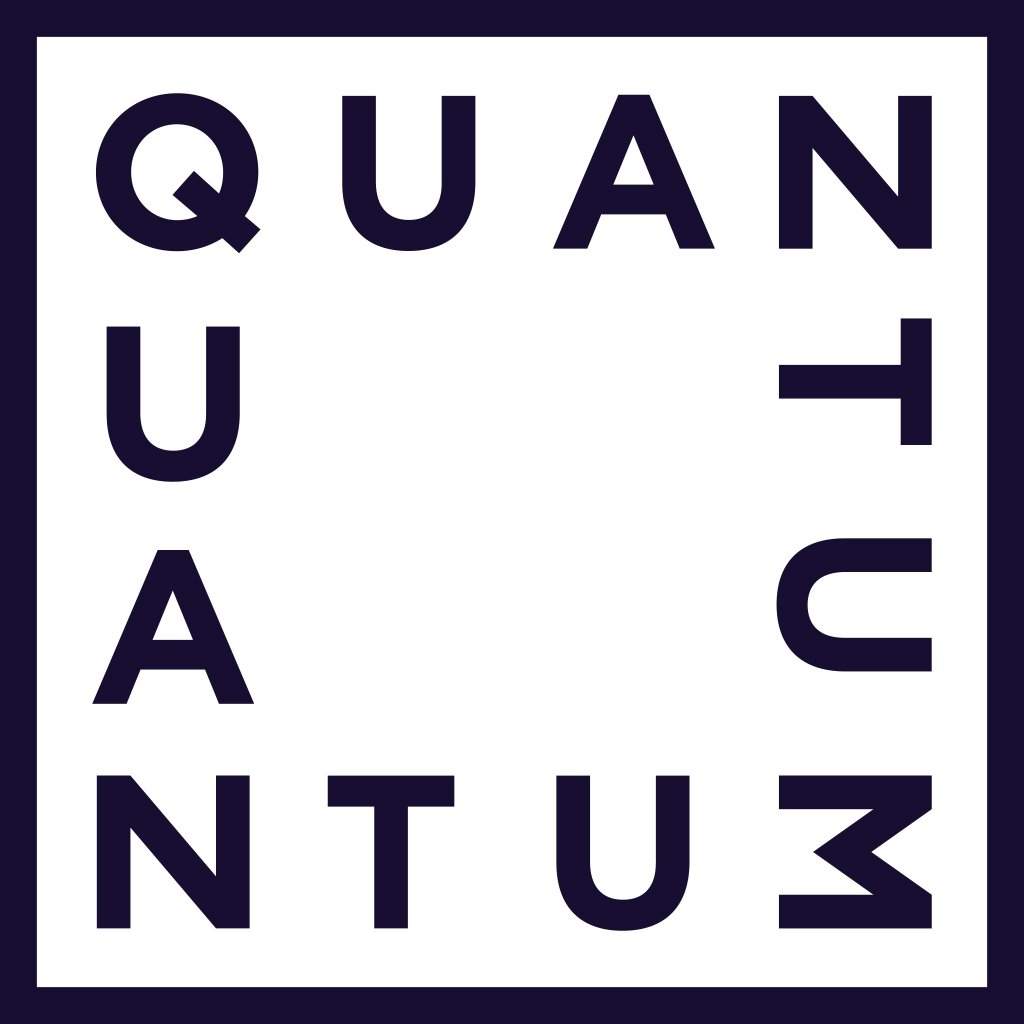Rethinking Creativity: Key Takeaways From the Webinar
Quantum’s Head of New Business James Hirst recently sat down with our Creative Innovation Lead, Tom Parrish to discuss the importance of ‘play time’ for brands. With a focus on shifting the balance between creativity and output on a project, the webinar encompasses a wealth of topics for creatives to explore.
We’ve summarised some of the key points below.
What do we mean by Creative Innovation?
Our ongoing mission as a creative team is to execute great ideas and deliver inspiring creative for our clients.
At a recent conference, a quote from the late Steve Jobs was thrown up on a slide that stuck and resonated. He said that Innovation is creativity that ships.
We feel a slight tweak is needed.
Innovation is creativity that adds value.
and further to that…
Innovation that doesn't add value is just novelty.
We have a myriad of new emerging technologies, things like the metaverse, but they don't feel like they're adding any value – so they’re really a novelty.
When we look to creatively innovate, we’re really thinking about how we can add value to our creative output, so it doesn’t just become a novelty. The key to this is time.
Here’s how the creative process looks generally:
30% blue sky time - coming up with ideas and pushing the envelope
70% output – visualisations, build-outs, execution
At Quantum we aim to swap that around. We expand upon that time that we have at the front end of a job to really explore it and find that ‘play time’ in that ideation phase of a job. This reduces the amount of work that we have to do when executing, making our process more efficient with the adoption of new technologies and ways of working.
We’re always working to a timeframe, a deadline. By making better use of the limited time, we can improve our output.
Where the journey began
We used to produce beautiful 2D visuals in Photoshop and they did a wonderful job of communicating the creative intention. Visuals answered the brief, but they could take up to two days of work to produce just one. They were labour-intensive and they didn't necessarily consider some of the production questions that often come earlier in that process when you are trying to work expediently.
Whilst the visuals were great, they only answered the brief from one angle. When other questions were asked, like what does it look like at night? Or what does it look like from the side? We didn’t have an immediate answer.
Until One Day: Enter 3D
We decided that with 3D, we could incrementally improve our workflow and answer these questions. Moving into a place where we would bring 3D design into the workflow at an early stage seemed like a sensible route.
Over time, we found that switching to 3D and thinking more spatially led to interesting ideas and would allow us to answer questions early on - and the more that we solved early, the easier the output process became. It changed from 70% of the process to 50%.
These computer-generated (CG) renders allowed us to push the creative process without suffering any loss of time or quality. We were producing these CGs as a consistent component of our creative process, but it does come with a few constraints such as render time.
And then what happened? The future. With jetpacks!
What we are striving for now is real-time immersive visualisation. We produce a real-time CG which renders in a fraction of the time of working with a full CG engine.
We can sit in a meeting and drive the render in Unreal Engine (free software from the developers behind Fortnite) to create this environment for us to explore.
You can even pair it with the Oculus Quest VR headset so we can walk around that space in the same way as you would in a video game environment.
The finale: Learnings and Takeaways
The focus is on finding time to explore and finding time to play. If we can free up time by making the output process simpler, we give ourselves more time at the front end.
It completely changes the tempo of a creative job and suddenly, because you've managed to reorganise your workflow, it changes the entire outlook.
It’s also really important to allow yourself to fail. Nobody likes to fail, but through failure comes important learning that will improve your offering.
You can watch the full webinar, which includes loads of visual examples below.
As always, if you would like to speak to one of our team about your brand or product, please get in touch.


